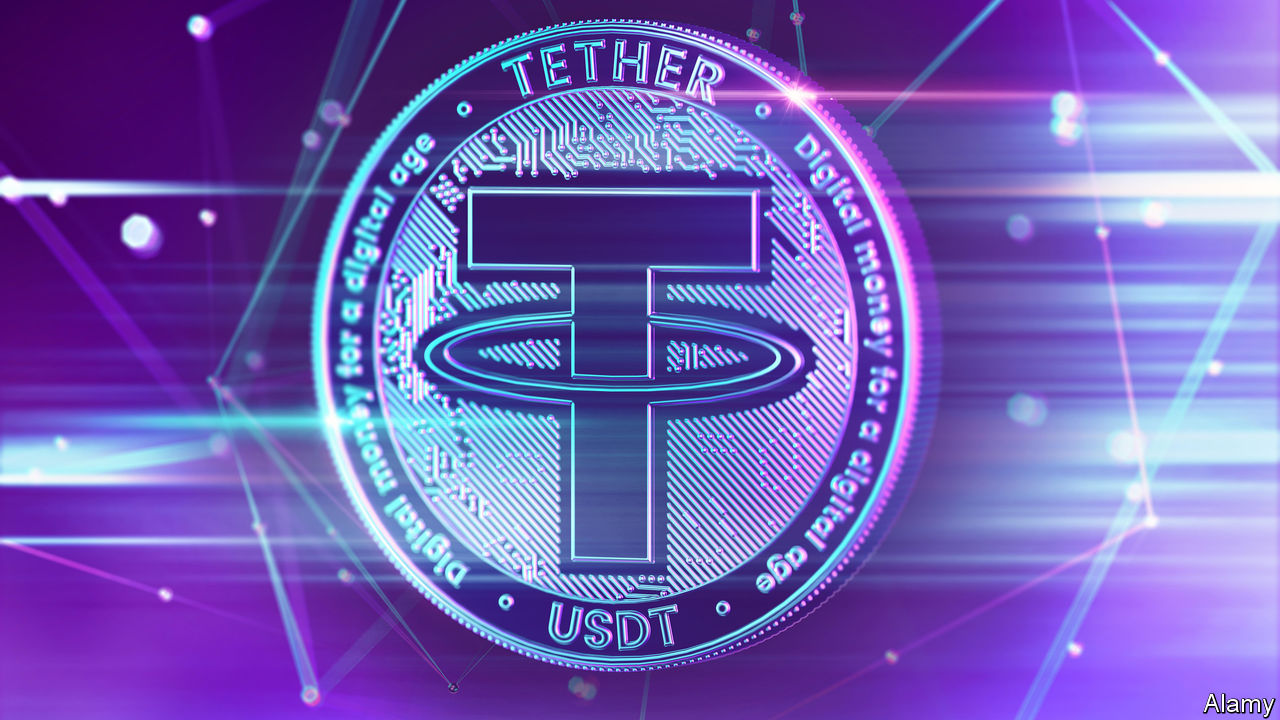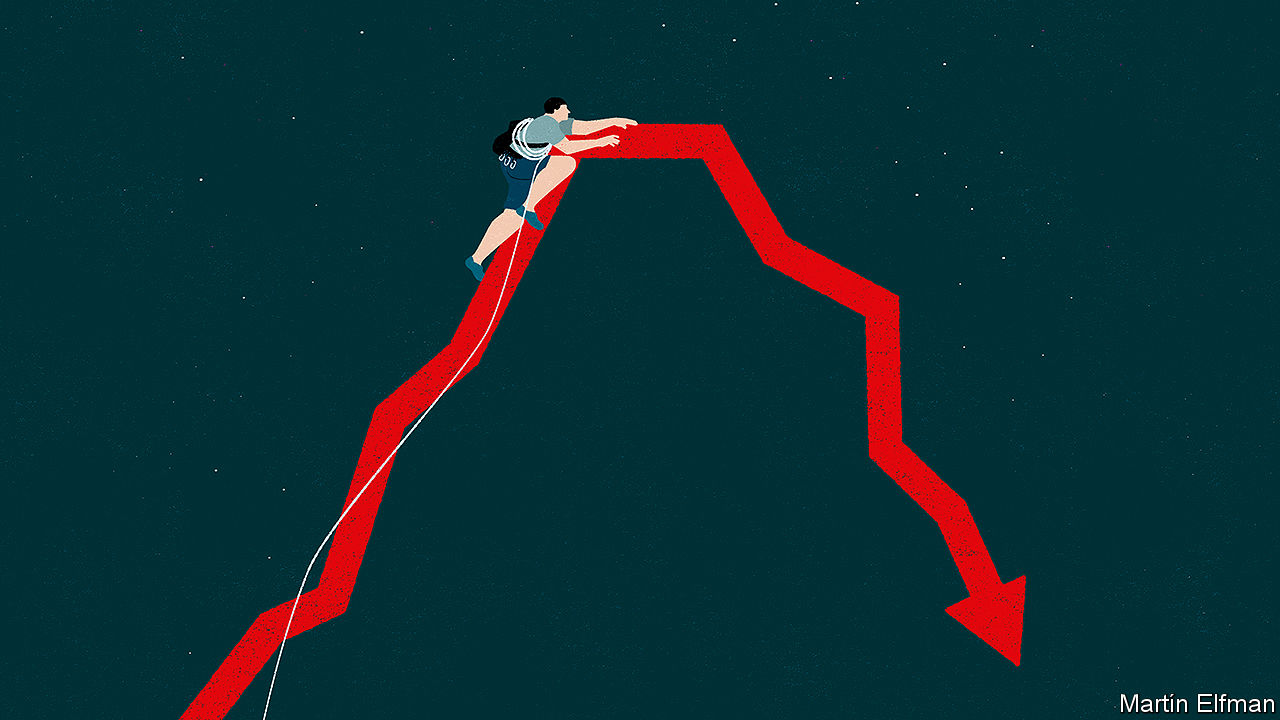Latin America is an often-over-looked region in the crypto-space, but that’s beginning to change. With a population double that of the United States and rapidly approaching Europe, Latin America’s impact on the global economy is becoming increasingly impossible to ignore.
After the death of the global commodity boom that bolstered emerging markets in Central and South America, the region slowed to a crawl. But despite economic troubles in Venezuela and Argentina, Latin America as a whole is on its way back. And the fintech sector is leading the charge.
Latin America is undergoing somewhat of a transformation in the world of global finance. With the state of the banking industry in many countries in the region, people are turning to one another to solve their problems. From neighborhood initiatives to cross-border peer-to-peer lending platforms and online-only independent banking solutions, Latin America is exploring new ways to approach their personal finances.
Though crypto adoption is still lagging in much of the region, the case for it is clear. It’s embedded in the people’s distrust for banks, drive for financial sovereignty, and fierce independent nature. And while the regulatory landscape remains slippery in Latin America, crypto-users and businesses are coming together to take on the authority and create a system that works for the people.
Venezuela
Nowhere in the world has crypto adoption received more attention than in Venezuela. Just about anything with the title “The Case For Bitcoin…” will feature at least a snippet about Venezuela. Hyperinflation, spurred by corruption, irresponsible governance and bad geopolitical maneuvering, has left citizens holding a currency that is only slightly more valuable and functional than Monopoly money.
The government, led by Nicholas Maduro, has also taken note of cryptocurrencies.
Maduro’s first launch of “el petro” did not go well. The launch included presumably fake Ethereum contracts, stories of kidnapping, misleading figures, and desperate pleas to global oil markets, hoping someone would buy the coin. And now, the Venezuelan leader is doubling down on the idea. Not only is he planning a new launch of the oil-backed crypto, he’s even decided to peg the freshly launched sovereign bolivar (a new version of the previous bolivar, minus 5 zeroes…you know, to combat inflation) to it.
The “new petro” is set to officially launch on November 5th, and apparently already has the support of 5 of the world’s largest crypto-exchanges.
“El Petro” aside, there are a number of great initiatives playing out on the ground in Venezuela. Merchants are growing more acceptant of crypto, citizens are beginning to take it seriously, and big businesses are ramping up the scale of their operations in the country.
Dash, in particular, is making waves in Venezuela. With over 200 merchants signing up to receive payments in dash per month, according to the Dash Core Group, it’s clear to see the demand for crypto is there.
Additionally, Dash has partnered with Kripto Mobile to market plug-and-play crypto phones to Venezuelans. The cellphones come pre-loaded with software to facilitate crypto purchases and even $100 in dash to kick off the spending spree.
Argentina
Buenos Aires often ranks as one of the top destinations to spend bitcoin. The city boasts a high number of merchants that accept cryptocurrencies and a growing user base. This is due, in large part, to the tech-savvy population and favorable regulatory landscape.
Argentina’s increasing financial woes, however, can’t be ignored.
More and more, Argentinians are looking at bitcoin as a safe-haven asset as the peso continues to tumble. Even with an IMF bailout, the country’s currency is caught in a larger emerging market contagion, and the decline is showing no signs of slowing anytime soon.
Nathanial Popper, author of ‘Digital Gold: Bitcoin and the Inside Story of the Misfits and Millionaires Trying to Reinvent Money’, noted, “Citizens of countries such as Argentina, whose governments have a near perfect track record of debasing their own currency and destroying the savings of their citizenry, have shown signs of preferring bitcoin to their own state’s money.”
Argentina’s economic crisis has even sparked a surge in bitcoin ATM installations as demand continues to grow.
Two bitcoin ATM companies, Athena Bitcoin and Odyssey and Odyssey Group, are looking to drastically scale up installations in the next year, with plans to boost the number of ATMs from 30 by the end of 2018 to over 1500 by the end of 2019.
Colombia
Colombia is an underdog in the crypt-race unfolding in Latin America. And it doesn’t help that the country’s financial institutions are actively fighting back against adoption.
In June, Colombian banks joined forces against Chilean crypto exchange, Buda.com, closing all of the exchange’s accounts which serve over 35,000 Colombian citizens. This move came around the time the Colombian government took the well-known “blockchain, not bitcoin” stance, advocating for greater adoption of blockchain services while simultaneously discrediting bitcoin and other cryptocurrencies.
Though the shuttering of Buda’s accounts could be seen as a major setback for adoption in Colombia, Buda pushed forward, beginning legal proceedings with the bank, and even sending an open letter to the country’s newly elected president, Iván Duque.
These developments come at a time where the government is weighing regulation and taxation on the space. Though limited details of the progress are known, popular media outlet Dinero and pro-crypto organizations, Colombian Software Federation (Fedesoft), the Fintech Colombia Association and the Blockchain Colombia Foundation noted the proposed law “demonstrates a lack of knowledge about the operation and characteristics of cryptocurrencies.”
Mexico
Mexico is also grappling with a new string of regulatory developments surrounding cryptocurrencies and fintech initiatives.
As the world’s 11th largest economy, Mexico is a key nation to watch as cryptocurrencies begin to infiltrate the emerging market landscape. Not only are there booming fintech startup scenes in Mexico City, Colima and Guadalajara, disruption in the financial sector is practically inevitable.
Mexicans hate banks – really. Lines are long, fees are high and generally speaking, no one really trusts that the banks have their best interest at heart. Because of these issues, over 50 percent of the 125-million-person population is without a bank.
The situation is so bad that Statista predicts the fintech industry in Mexico will grow to $70 billion in 2018.
As the leader of the fintech movement in Latin America, the Mexican government has begun to take notice.
Originally launched in March 2018, the country’s “Ley FinTech” begun with overwhelmingly supportive regulations, offering startups the opportunity to enter into the financial word on even ground. Since the launch, however, a number of revisions have been made which have place a limit on the freedom fintech companies once enjoyed.
Two major developments hit exchanges particularly hard.
Previously, exchanges were able to make instant transactions through banks within the country through Mexico’s Sistema de Pagos Electrónicos Interbancarios (SPEI), but with the new addition to the fintech law, exchanges are now held to an overnight waiting period. Additionally, exchanges are now required to receive a permit from the Bank of Mexico.
Crypto in Latin America
While some of Latin America’s largest countries try to navigate this new asset class, the movement is beginning to take root across the region. Both Peru and Chile have seen significant movements in crypto trading volume in recent months while Panama is quickly turning into an American hub, thanks in large part to its friendly regulatory approach to the space.
Brazil, too, with an election looming and an economic crisis on the brink, is getting into the action. Second only to Mexico in fintech startups, Brazil has a chance to make waves in the crypto-economy in the coming months.
It’s no secret that financial woes and bitcoin go hand-in-hand, but with trade wars escalating, the U.S. dollar continuing to climb, and the Latin American political landscape undergoing a transformation, Latin America will be a region to watch as crypto adoption prepares for its next big break.







